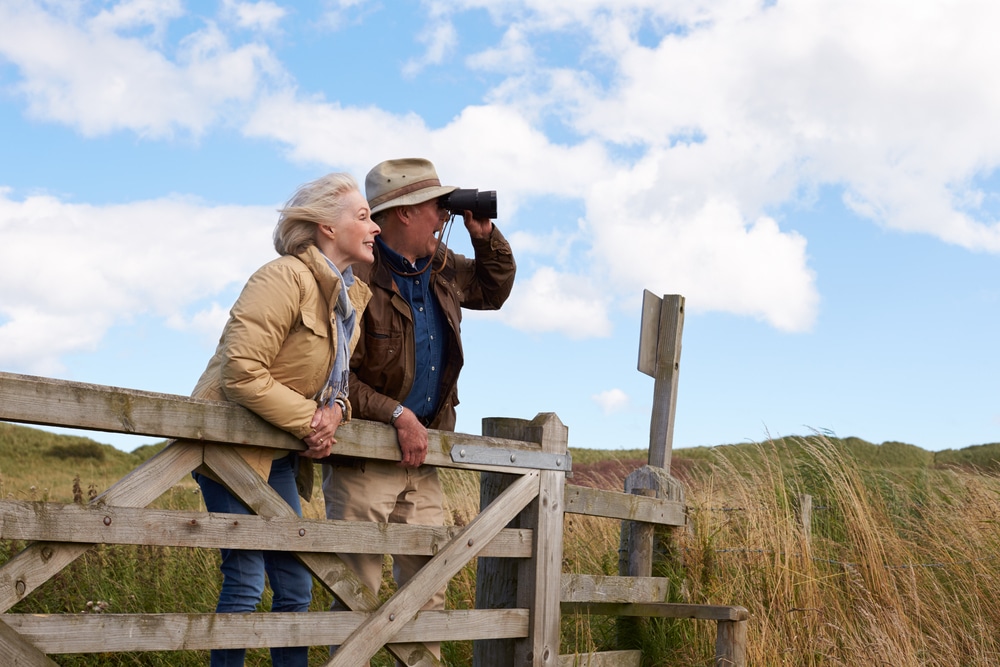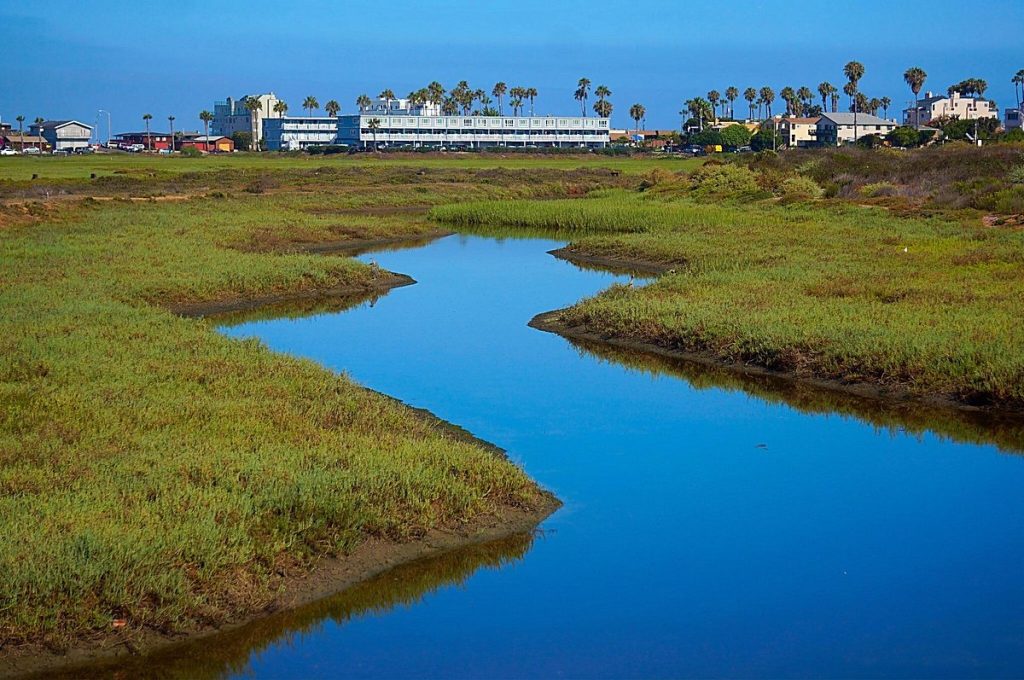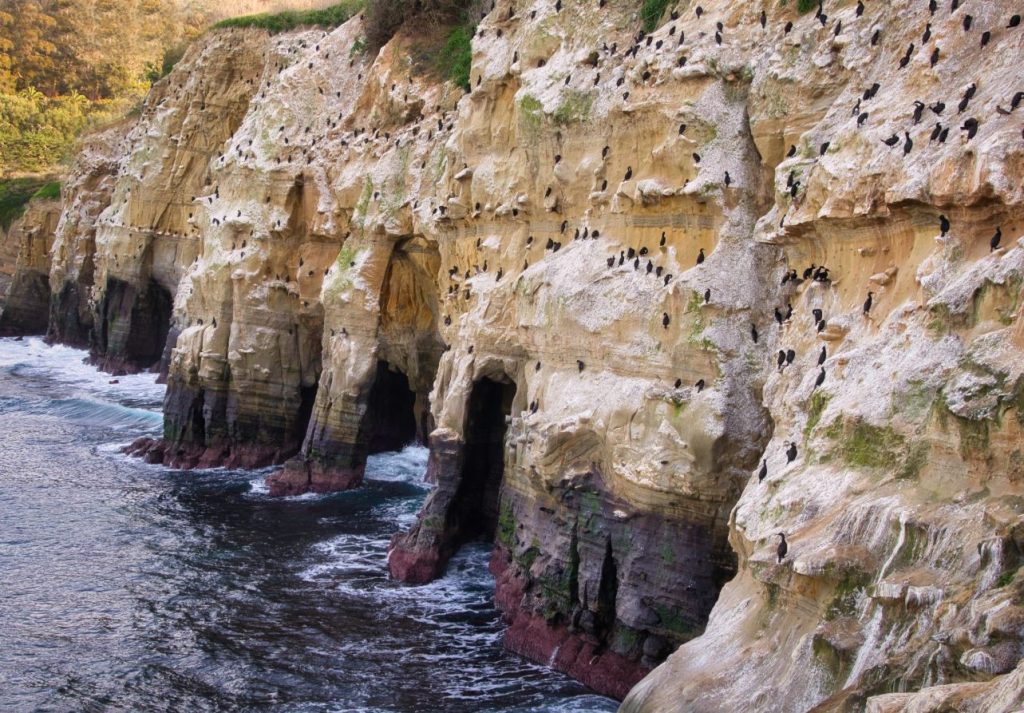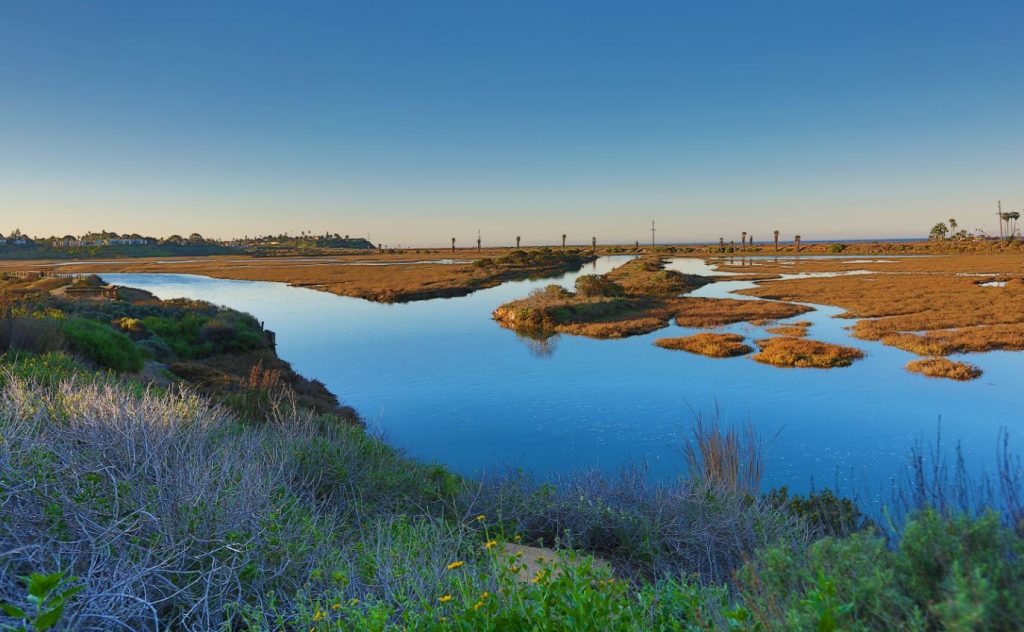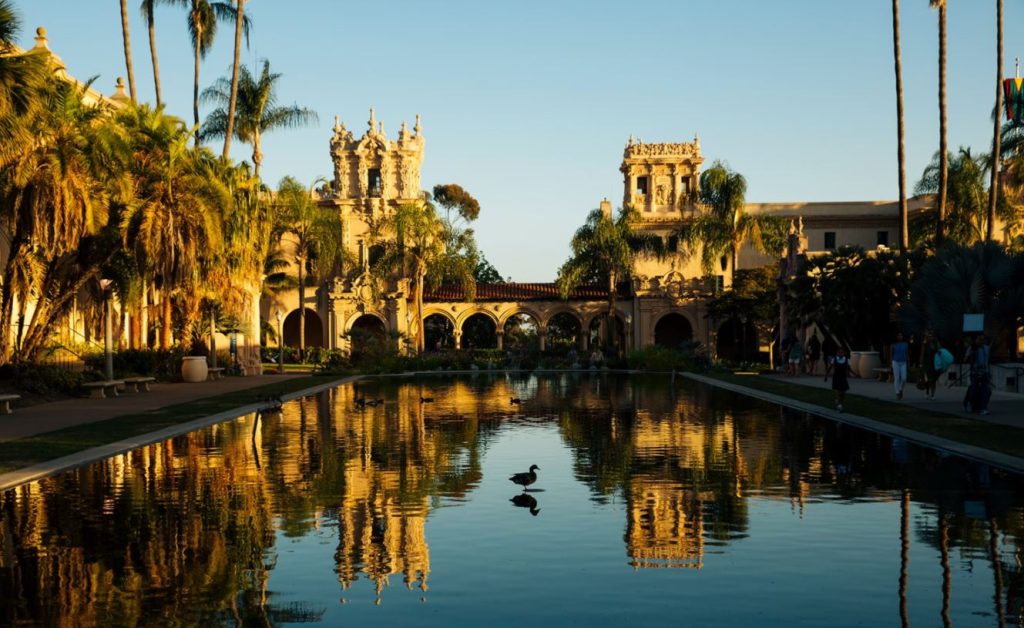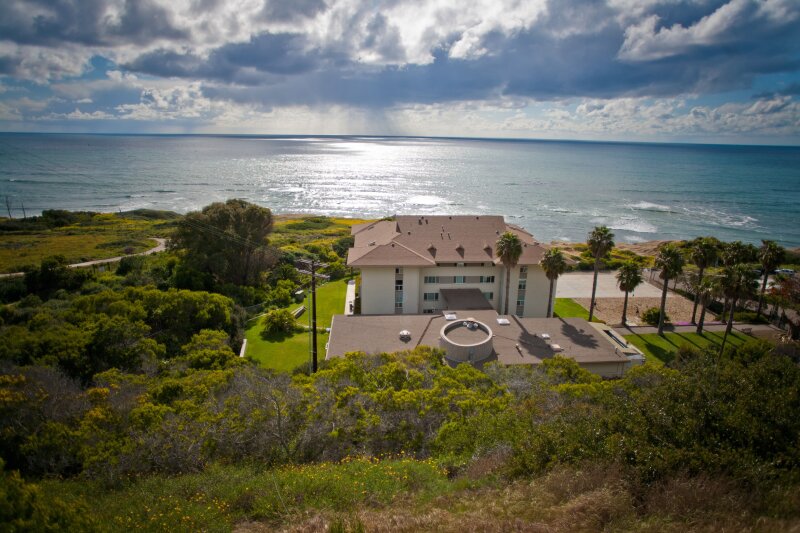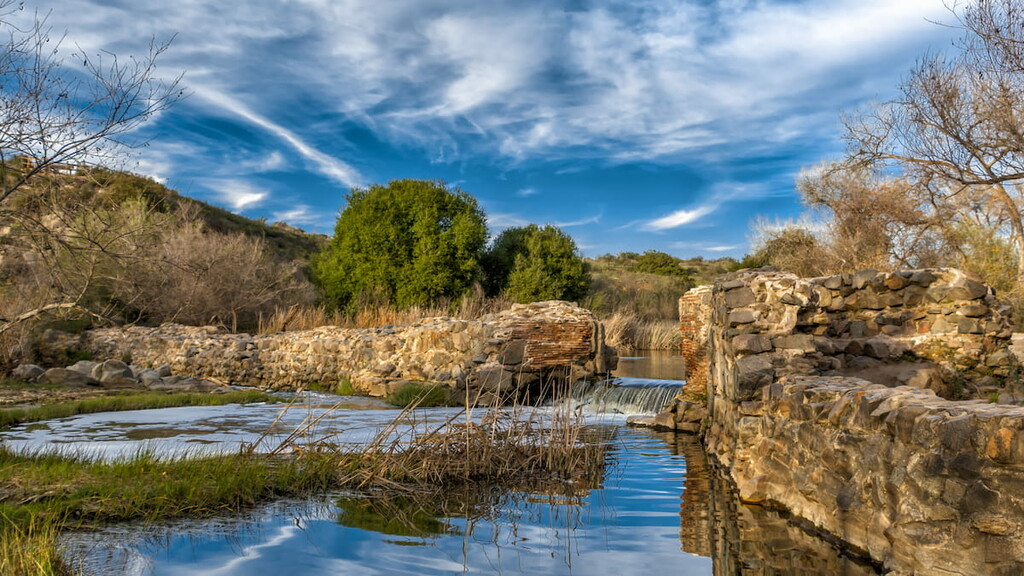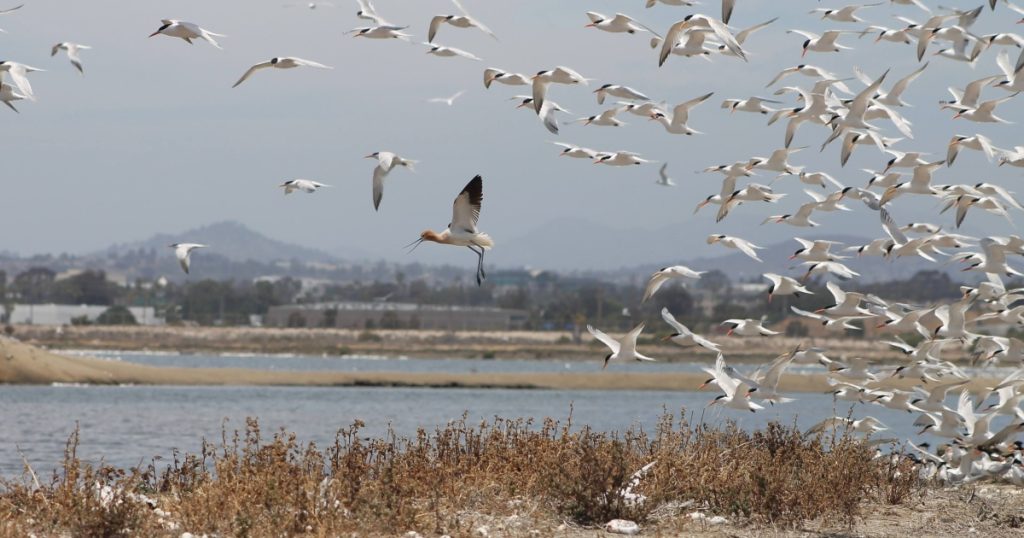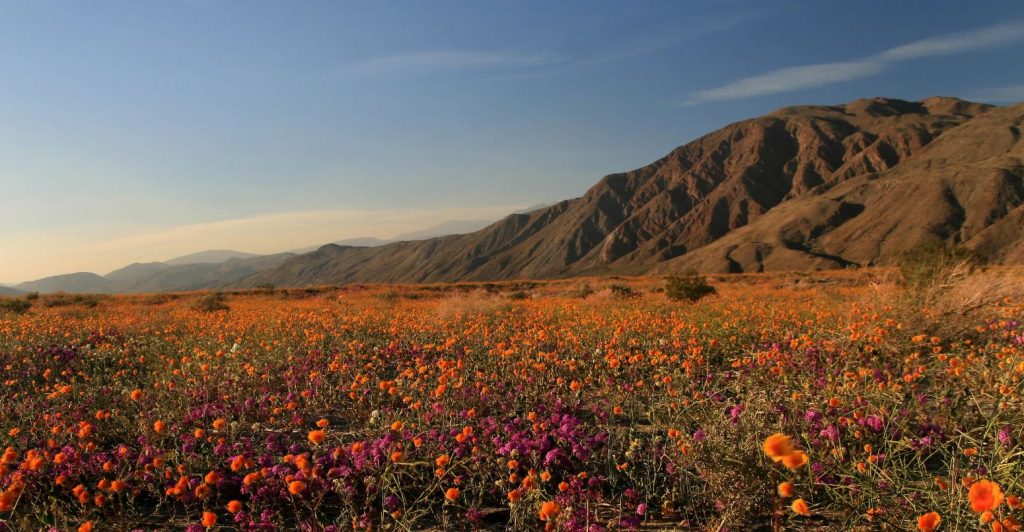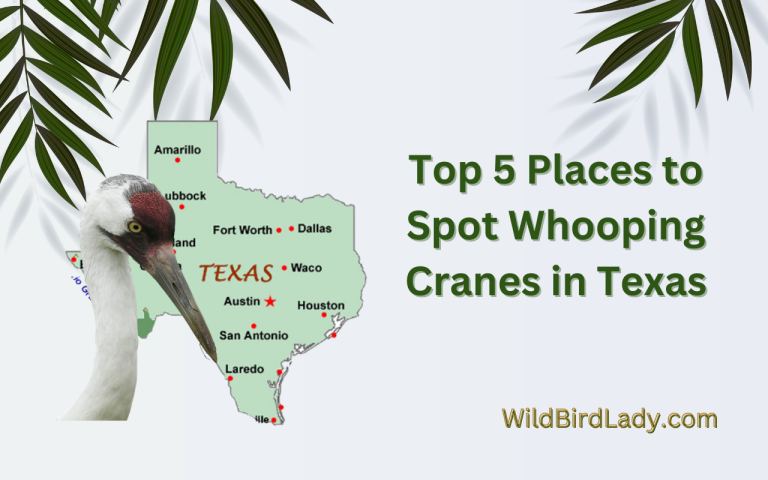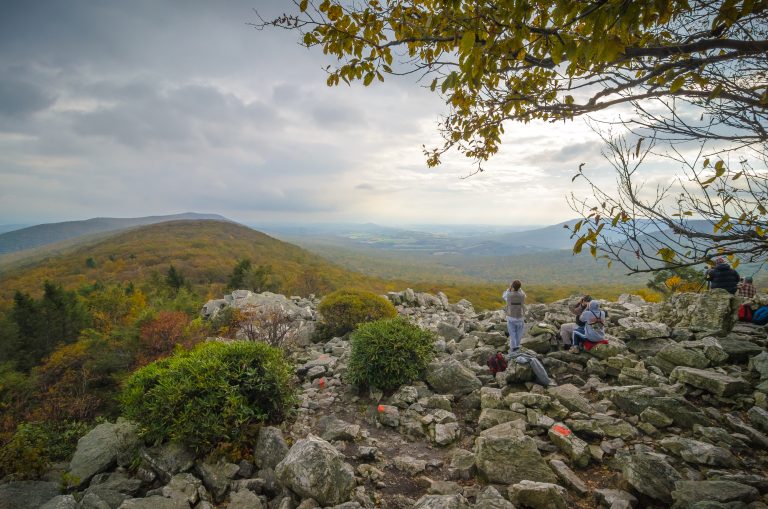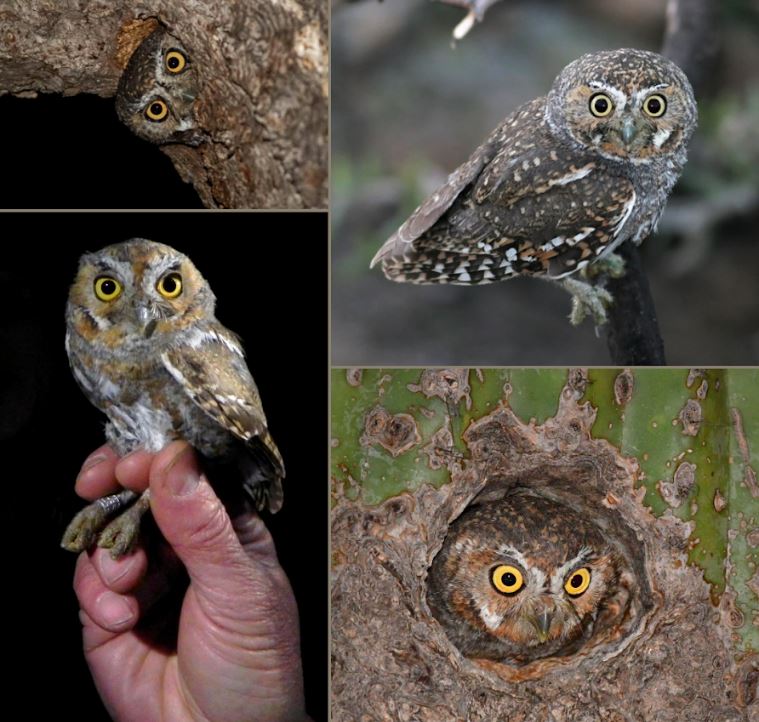San Diego Birding Hot Spots: Best Times, Species & Local Tips
I still remember the first time I scanned the San Diego horizon through my binoculars. The Pacific breeze carried the sharp cries of gulls, and in the shallows of the estuary, elegant avocets waded through glimmering light. In that moment, it became clear: San Diego isn’t just a great city—it’s one of North America’s top birding destinations.
With over 500 recorded bird species, a mild Mediterranean climate, and a diverse range of ecosystems—from coastal wetlands and chaparral-covered hills to mountain pine forests—San Diego County offers something few other places can: year-round birdwatching opportunities across a stunning natural landscape.
In this guide, I’ll walk you through the best birding hot spots in San Diego, the top species to look for in each season, and the practical local tips I’ve picked up over the years. Whether you’re a casual observer or a seasoned birder chasing lifers, San Diego has something waiting for you.
Why Is San Diego a Birding Paradise?
San Diego County is uniquely situated on the Pacific Flyway, one of the major migratory routes in North America. This corridor draws in birds from as far as Alaska and South America, making spring and fall migration particularly exciting.
Key features that make San Diego ideal for birders include:
- Diverse habitats: Ocean, estuaries, lagoons, mountains, deserts, grasslands, and freshwater lakes.
- Proximity to Mexico: Bringing in rare tropical and desert species like the Elegant Trogon or Gray Thrasher.
- Year-round residents and seasonal visitors: You can spot Western Bluebirds, Reddish Egrets, Burrowing Owls, Vermilion Flycatchers, and more depending on the time of year.
According to the San Diego Audubon Society, the region holds the record for the most bird species seen in a single U.S. county in one year.
Best Times for Birding in San Diego
Let’s start with a season-by-season overview:
🌸 Spring (March–May)
- What to expect: Peak migration, nesting season, singing males.
- Top species: Warblers, tanagers, orioles, swallows.
- Hot tip: Head to Anza-Borrego Desert State Park for migrants and desert specialties like Black-throated Sparrow.
☀️ Summer (June–August)
- What to expect: Fewer migrants, but great for breeding birds.
- Top species: Least Tern, Ridgway’s Rail, Swainson’s Hawk.
- Hot tip: Explore coastal lagoons early in the morning to beat the heat and spot terns and waders.
🍂 Fall (September–November)
- What to expect: Reverse migration, rare vagrants.
- Top species: Flycatchers, warblers, pelagic species offshore.
- Hot tip: Visit Point Loma during fallouts—rare eastern species sometimes show up unexpectedly.
❄️ Winter (December–February)
- What to expect: Excellent for shorebirds and ducks.
- Top species: Cinnamon Teal, Brant, Black Skimmer, Mountain Bluebird.
- Hot tip: Drive out to Lake Hodges for wintering raptors and ducks.
Top 10 San Diego Birding Hot Spots (with Local Tips)
Here’s my personal list of the best birding locations in San Diego County, combining classic destinations and local gems.
1. Tijuana River National Estuarine Research Reserve
- Location: Imperial Beach
- Habitat: Coastal wetland, salt marsh
- Key Species: Belding’s Savannah Sparrow, Clapper Rail (Ridgway’s Rail), Yellow-crowned Night Heron
Local Tip: Visit in winter for huge flocks of shorebirds at low tide. Stick to marked trails—this area protects delicate breeding grounds.
2. La Jolla Cove & Sea Cliffs
- Location: La Jolla
- Habitat: Coastal cliffs, marine
- Key Species: Brown Pelican, Brandt’s Cormorant, Peregrine Falcon, Surf Scoter
Local Tip: Bring a scope and scan the ocean for murres and scoters during winter. Don’t miss the cormorant rookery in spring.
3. San Elijo Lagoon Ecological Reserve
- Location: Encinitas
- Habitat: Coastal lagoon, riparian
- Key Species: American Avocet, Snowy Egret, Black-necked Stilt
Local Tip: The Nature Center Loop Trail is an easy walk with rewarding views. Bird early to catch feeding behavior at sunrise.
4. Balboa Park
- Location: Central San Diego
- Habitat: Urban parkland, oak groves
- Key Species: California Towhee, Nuttall’s Woodpecker, Anna’s Hummingbird
Local Tip: Don’t overlook this urban oasis—early morning birding near the Botanical Building can surprise you with warblers and wrens.
5. Lake Murray
- Location: La Mesa
- Habitat: Freshwater reservoir
- Key Species: Osprey, Wood Duck, Belted Kingfisher
Local Tip: Walk the 3.2-mile shoreline loop. Spring mornings are great for spotting herons, grebes, and flycatchers.
6. Point Loma Nazarene University Campus (Migratory Hotspot)
- Location: Point Loma
- Habitat: Coastal scrub, campus landscaping
- Key Species: Warblers, tanagers, flycatchers during migration
Local Tip: A favorite fall migration spot among locals. Access is restricted, but bird from the public roads surrounding the campus.
7. Mission Trails Regional Park
- Location: Santee
- Habitat: Chaparral, riparian, mountain foothills
- Key Species: California Thrasher, Phainopepla, Greater Roadrunner
Local Tip: Try the Oak Canyon Trail in the early morning. Springtime brings out vocalizations and territorial displays.
8. Sweetwater Marsh National Wildlife Refuge
- Location: Chula Vista
- Habitat: Marshland
- Key Species: Reddish Egret, Black Skimmer, Burrowing Owl
Local Tip: Scan mudflats at low tide for rare egrets and keep an eye out for Burrowing Owls along the upland berms.
9. Lake Hodges
- Location: Escondido
- Habitat: Freshwater, oak woodland
- Key Species: Bald Eagle (winter), Clark’s Grebe, Canyon Wren
Local Tip: Winter brings in migrating ducks and raptors. Trail access is best from the Piedras Pintadas Trailhead.
10. Anza-Borrego Desert State Park
- Location: East San Diego County
- Habitat: Desert, oasis, scrub
- Key Species: LeConte’s Thrasher, Black-tailed Gnatcatcher, Scott’s Oriole
Local Tip: Best in spring after rains. Carry water and watch for raptors soaring over Borrego Palm Canyon.
Local Birding Clubs & Events
Joining a local community can enhance your experience. Here are a few options:
- San Diego Audubon Society
Offers field trips, lectures, and conservation opportunities.
Website: sandiegoaudubon.org - Buena Vista Audubon Society (North County)
Runs bird walks at Buena Vista Lagoon and Guajome Park.
Website: bvaudubon.org - San Diego Bird Festival
Held annually in late February or early March—this is the county’s premier birding event. Expect workshops, guided tours, and sightings of over 200 species.
Field Essentials for San Diego Birding
Before you head out, here are a few gear and etiquette tips:
- Binoculars (8×42): Ideal for both forest trails and open coastal views.
- Field Guide: “Birds of Southern California” by Kimball Garrett is a local favorite.
- App: Use Merlin Bird ID or eBird to track sightings and get real-time alerts.
- Layers: Mornings can be foggy and cool; afternoons, dry and warm.
- Hydration: Especially crucial for inland or desert locations.
And always remember the basics of birding ethics:
- Stay on trails
- Don’t use playback during nesting season
- Respect private property and posted signs
- Keep dogs leashed or avoid sensitive areas entirely
Frequently Asked Questions (FAQ)
Q: What is the best time of day for birding in San Diego?
A: Early morning, between sunrise and 9 AM, when birds are most active.
Q: Can I see rare birds in San Diego?
A: Absolutely. San Diego regularly hosts rare migrants and vagrants due to its coastal location and proximity to Mexico.
Q: Are there pelagic birding tours?
A: Yes. Boats leave from San Diego Harbor and Mission Bay, offering sightings of shearwaters, storm-petrels, and even albatrosses.
Q: Is San Diego good for beginner birders?
A: Yes. Many sites have flat trails, interpretive signage, and visitor centers with guides to help you get started.
Final Thoughts from the Field
San Diego is more than just palm trees and surf—it’s a living sanctuary for hundreds of bird species. What I’ve found most remarkable in my years of birding here isn’t just the volume of birds—but the variety of places they inhabit.
From pelicans cruising the sea cliffs to hummingbirds in a desert bloom, the region is a living tapestry of avian life. If you’re wondering where to begin, just grab your binoculars, pick a trail, and let the birds guide your journey.
San Diego doesn’t just offer great birding—it offers year-round connection to one of nature’s most graceful rhythms. And once you start, you’ll understand why so many of us keep coming back, season after season, bird after bird.

